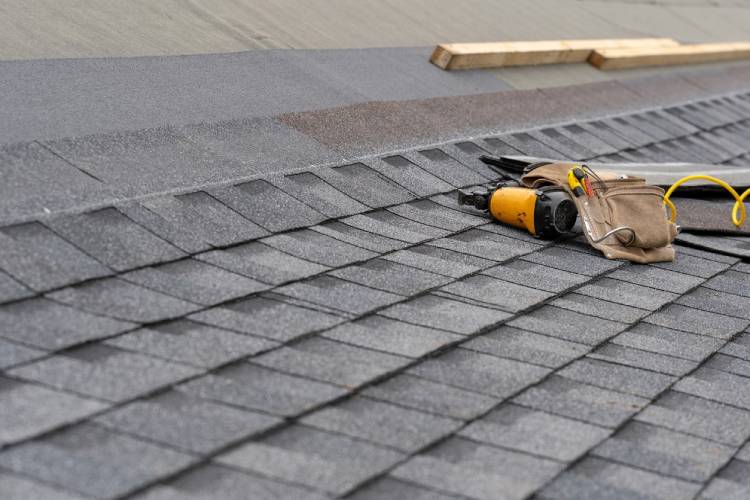A severe storm can be a terrifying experience, with high winds, torrential rain, and hail that can wreak havoc on your home. One of the most vulnerable parts of your house during such a storm is your roof. Damage to your roof can lead to leaks, structural issues, and even safety hazards. If you find that your roof has been damaged in a storm, it’s essential to take immediate action to minimize further damage and ensure your safety. In this blog, we’ll guide you through the steps to follow if your roof is damaged in a storm, emphasizing the importance of involving professionals for repairs.
1. Ensure Your Safety
Safety should always be your top priority. If your roof is damaged in a storm, avoid going up onto the roof to assess the damage yourself, as it can be dangerous. Instead, stay inside and away from the affected area. If you suspect that the structural integrity of your roof is compromised, evacuate your home and call emergency services if necessary.
2. Assess the Damage from Inside
Once you’ve ensured your safety, you can assess the damage inside your home. Look for signs of water intrusion, such as water stains on the ceiling or walls, drips, or wet spots. If you can safely access your attic, check for water leakage and damage there as well. Be cautious of electrical hazards if water has come into contact with wiring.
3. Document the Damage
To facilitate the insurance claim process, document the damage with photographs or videos. Capture both the interior and exterior damage, including any visible signs of roof damage, like missing shingles, dents, or holes. This documentation will be valuable when you contact your insurance company.
4. Contact Your Insurance Company
Once you have documented the damage, contact your insurance company to report the incident. Provide them with all the necessary information, including the date and time of the storm, a detailed description of the damage, and any photographic evidence you have gathered. Your insurance company will guide you through the claims process and may send an adjuster to assess the damage in person.
5. Avoid Making Temporary Repairs
While it might be tempting to make temporary repairs to stop leaks or further damage, it’s generally not advisable unless you have the expertise to do so safely. Temporary fixes can sometimes do more harm than good, potentially voiding your insurance coverage or causing additional damage. It’s best to wait for professional roofers to assess and repair the damage properly.
6. Hire a Professional Roofing Contractor
To ensure your roof is repaired correctly and safely, hire a professional roofing contractor with experience in storm damage repair. Look for a reputable company with good reviews and proper licensing and insurance. A professional roofer will assess the extent of the damage, provide an accurate estimate, and carry out the necessary repairs using the right materials and techniques.
7. Schedule a Detailed Roof Inspection
In addition to immediate repairs, schedule a detailed roof inspection with a qualified roofing contractor. Even if the damage seems minor, it’s essential to have a thorough assessment to identify any hidden issues that could lead to future problems. Roof inspections can reveal underlying damage that may not be immediately visible.
8. Discuss Preventative Measures
After repairing the storm damage, discuss preventative measures with your roofing contractor. They can offer recommendations to strengthen your roof against future storms, such as installing impact-resistant shingles, reinforcing roof connections, or adding protective coatings. Preventative measures can help minimize the risk of future damage.
9. Follow up with Insurance
After the repairs are completed, follow up with your insurance company to provide documentation of the completed work and any related expenses. Keep records of all expenses related to the storm damage, including receipts and invoices. This documentation will help ensure that you receive the appropriate compensation from your insurance claim.
Conclusion
Experiencing roof damage in a storm can be a stressful and challenging situation, but taking the right steps can make the recovery process smoother. Prioritize your safety, document the damage, and involve professionals for both immediate repairs and a thorough inspection. By working with experienced roofing contractors and your insurance company, you can restore your home’s integrity and ensure that it remains a safe and comfortable place for you and your family. Roof damage can be daunting, but with the right approach, you can overcome it and safeguard your home for the future.
Brea Roofing https://www.brea-roofing.com

